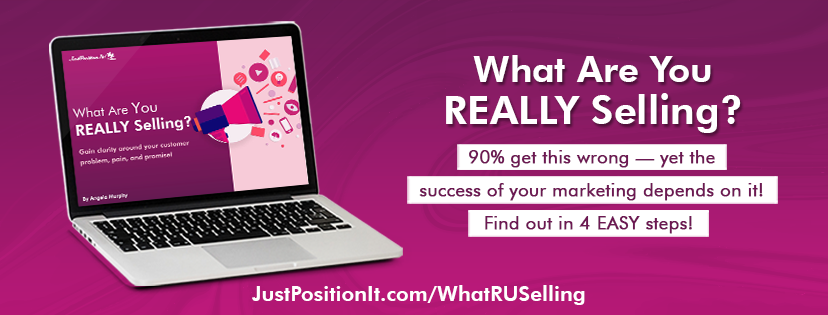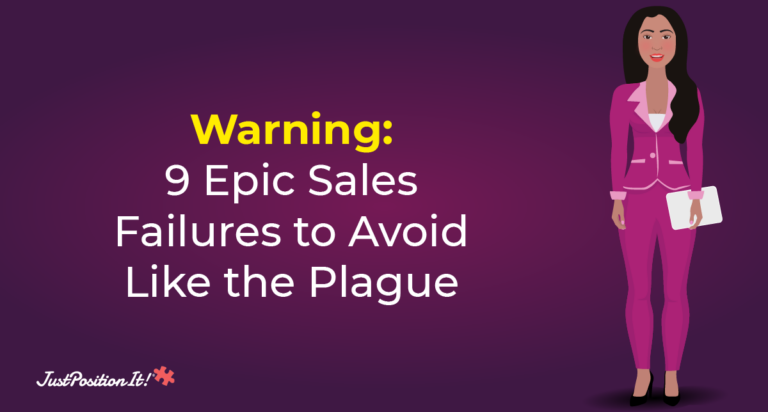A Step-by-Step Guide to Creating Your Value Proposition

Florida-based Bay & Bee, an eco-friendly children’s play space supplier, doubled its retail space in nine months, all thanks to their value proposition!* Who says you don’t need a strong value proposition these days?
Download a complete PDF of this article.
The majority of businesses struggle with clearly articulating why they’re unique and oftentimes feel as though they’re “just like everyone else.” The downside is if you feel that way, so will your customers.
But if you take a little time to thoughtfully analyze your business, your primary target market, and your products and services—small, unique things you may take for granted can surface and become golden nuggets for your value proposition.
Equally important, you must not only carefully create your value proposition, you should communicate it loudly and often in order for it to resonate and become a true game-changing differentiator for you.
What the Heck Is a Value Proposition, Anyway?
According to Wikipedia:
A value proposition is a promise of value to be delivered and acknowledged and a belief from the customer that value will be delivered and experienced. A value proposition can apply to an entire organization, or parts thereof, or customer accounts, or products or services.**
As the definition suggests, you can have more than one value proposition. You can have one for your business, individual product lines, or individual services. For purposes of our discussion, we’ll focus on value propositions for your entire business. Cool?
Why Is Creating a Value Proposition So Darn Important?
Developing your value proposition, or unique selling proposition or positioning statement, is one of the most important things you can do for your business.
It’s the cornerstone from which you will position and sell every product or service you ever bring to market. Pretty important, right? And it’s just plain hard to sell and compete in the marketplace with NO differentiator.
Think about it for a second. Think about the thousands of people and businesses who spend time, energy, and effort to differentiate themselves by doing things like obtaining degrees and certifications, spending years in one profession to reach “expert” status, writing books, giving speeches, working with marketing consultants—and the list goes on.
There’s a reason for this. The right, wrong, weak, or no-value proposition can make or break your business. Period.
Examples of Good Value Propositions
- FedEx: When Your Package Absolutely Positively Has to Get There Overnight
- Target: Expect More. Pay Less.
- Southwest Airlines: You Are Now Free to Move About the Country
- Men’s Warehouse: You’re Going to Like the Way You Look, I Guarantee It
- Bay & Bee: A locally-owned small business, inspired by Montessori and Waldorf educational principles to create a stimulating eco-friendly play environment.
- JustPositionIt!: Create Messaging that Mesmerizes and Monetizes™
A Step-by-Step Guide to Creating Your Value Proposition
Here is a six-step guide to creating your value proposition.
Step 1 – Talk to the Right Audience
This may seem so obvious, but it’s not. Many times businesses start thinking of catch phrases, features, and slogans without any consideration of who will be using or consuming the product or service. It’s easy to do since you are likely very close to your product and believe you have a great product to offer. But take a step back and pinpoint precisely who your value proposition is meant to target.
Remember: You cannot be all things to all people. It’s tempting to try but simply impossible.
For example, if your business sells motorized skateboards, don’t immediately start by thinking about the bells and whistles, colors, and cool gadgets—think about who you are selling the product to. You likely are selling to a young male between the ages of 13 and 20. Keep this at the forefront and continue to Step 2.
Always put yourself in your customer's shoes: then develop your #marketing strategy https://t.co/201TdszLoV pic.twitter.com/g2hwK8ve7O
— Angela | Your Messaging Genie™ 🧞♀️ (@justpositionit) January 12, 2016
Step 2 – What Does Your Audience Desire?
Taking Step 1 a bit further, really think about what your audience desires—really desires. What motivates them? It is more money, time savings, entertainment, more time with family, fame, social consciousness, sex, to feel loved, to be seen as cool?
This is where something called “buyer personas” come in. Simply put, a buyer persona is a general synopsis of who your ideal customer is. Buyer personas outline:
- Job role and title
- Industry
- Demographics
- Biggest challenges
- Goals
- Personal background
- Shopping preferences
- Etc.
One purpose of creating these personas (and you can create as many as you need) is to help you get a 360-degree view of your target audience so you can better understand their needs, motivations, and desires, and use that intel to best position your products and services.
Give #customers what they need to achieve a goal, solve a problem, be entertained, get news, or laugh. #tipsbyang pic.twitter.com/VVJFwDgFiW
— Angela | Your Messaging Genie™ 🧞♀️ (@justpositionit) January 31, 2016
Step 3 – Determine What You Want to Be Known For
Close your eyes for just a second and dream! Seriously. Close your eyes. Think about what you want to be known for in bright neon Las Vegas lights. Who are you? How do you want the world to see you?
Think big, bold, and broad. Write your thoughts down; you can distill your message later. But be careful to avoid the “Superstar Effect.”
The “Superstar Effect,” as coined by Cal Newport, an MIT Ph.D., is when someone tries to compete by being the best at something—but because everyone else is also competing at being the best, you blend in rather than stand out. In other words, you lose when you try to be the best when everyone else is also trying to be the best.
You Need to Be Different.
Take your time with this step and think outside of the box. I’ve seen companies go through many identities and struggle to nail down who they are, what they want to be, and how they want to be perceived. This type of back-and-forth can muddy your brand and weaken your position in the marketplace.
Step 4 – Make a List of the Problem(s) Your Product or Service Solves
Be creative here!
This is where you can really step into uniqueness. Think about your competitive advantages, your people, and your processes. Outline what’s special about your product or service and what the benefits are of working with you or using your product.
Compare what you want to be known for from Step 3, what your audience really desires from Step 2, and what problems you solve from Step 4, and look for the parallels.
Focus 1st on identifying problems your customers have, then show how you're the solution. https://t.co/TR6gBCbiqs pic.twitter.com/cNBSbi17FI
— Angela | Your Messaging Genie™ 🧞♀️ (@justpositionit) January 26, 2016
Step 5 – Keep It Short
Think proverbial elevator pitch.
Start coming up with and writing down phrases and sentences; write lots of them. Write for a day, then revisit them in two days. You may notice or have an “aha” moment upon return. Write more. Repeat.
Step 6 – Gut Check Your Value Proposition by Surveying Your Ideal Customer
Conduct a little research—nothing too heavy. Pick the top three value propositions from Step 5 and talk to your customers to see what resonates. They are, after all, who you do it all for, right?
- Do they understand what it means?
- Is it confusing?
- Is it immediately clear?
- Is it meaningful?
- Is it memorable to them?
From your research, emerge with a winner!
BONUS SECTION
Let’s See the 6-Step Guide in Action
Let’s take a fictitious real estate company, ABC Realty, as an example, and complete the steps outlined above.
- Step 1: (Talk to the right audience) The ideal customer or audience of ABC Realty is married couples.
- Step 2: (What Does Your Audience Desire?) These married couples desire to have children, want to live in a quiet neighborhood, are interested in community involvement, and wish for their neighborhood to have strong ties with its local police force.
- Step 3: (Determine What You Want to Be Known For) ABC Realty wants to be known for being easy to work with, having well-tenured agents, and working tirelessly for their clients until the perfect living space is found.
- Step 4: (Make a List of the Problem(s) Your Product or Service Solves) ABC Realty solves many problems. They offer robust property searches through their sophisticated database network that spans many states. They maintain a referral program with neighboring real estate offices to further expand their access to inventory, and have strong vendor relationships with title companies, escrow firms, and mortgage brokers.
- Step 5: (Keep It Short) Sample value propositions may be:
- Getting You Home
- Taking You Home
- Getting You Home on Your Terms
See how that works!!!
The Bottom Line
The majority of businesses struggle with clearly articulating why they’re unique and oftentimes feel as though they’re “just like everyone else.”
Take a little time to thoughtfully analyze your business, your primary target market, and your products and services—small, unique things you may take for granted can surface and become golden nuggets for your value proposition.







